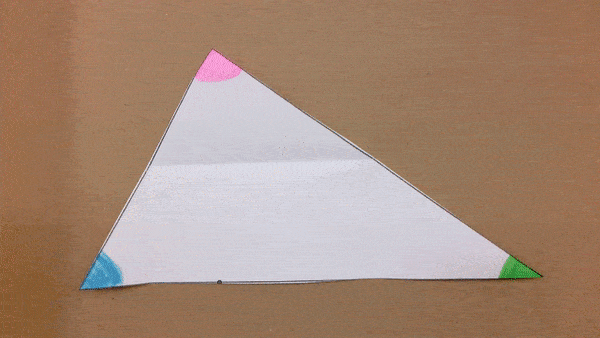A return to in-person schooling was the biggest news of 2021. I don’t want to be accused of burying the lede.
It’s been great to be back. It’s also been an interesting challenge trying to weave together what I learned over the past year-and-a-half as a full-time remote teacher with what I was doing in-person before that. Add in new colleagues, redefined priorities for teacher teams, and a brand new course to teach and it’s been a pleasantly busy return to the building.
I’ve also stayed busy with a variety of talks and webinars this past year. As always I ran several workshops for Math for America, like Bringing Modern Math into the Classroom in January and It’s All Linear Algebra in November. This summer I participated in a roundtable discussion at the National Museum of Mathematics on math education. And I was thrilled and honored to run a week of morning math for the Park City Math Institute’s Teacher Leadership Program, satisfying two long-standing professional goals: to participate in PCMI and to finally make sense of complex multiplication!
I continued to write my column for Quanta Magazine, which is on ongoing professional highlight. The year started with the crooked geometry of round trips (an article that was picked up by Wired magazine) and covered everything from hot dogs to goats to tricky job interview questions.
I was proud to keep up my Remote Learning Journal throughout the 2020-21 school year, and was happy to have the opportunity to reflect on the totality of my experience on the MAA’s Math Values blog, where I published “Let’s Remember the Year Everyone Wants to Forget“. I was also able to capture some fun moments in writing this past year, with a short story about an absolutely brilliant student solution to a calculus problem as well as a Seussian poem proof of the irrationality of the square root of 2.
Without question my single biggest professional project this year, writing or otherwise, was getting a manuscript submitted. I knew it would be more work than I expected, and it was. But the process was exciting and eye-opening and worthwhile, and I am thrilled that Barron’s Painless Statistics will be out in June 2022.

It’s been another year full of challenges, changes, and opportunities, and I hope 2022 brings us a healthier balance of all those things.
Related Posts



